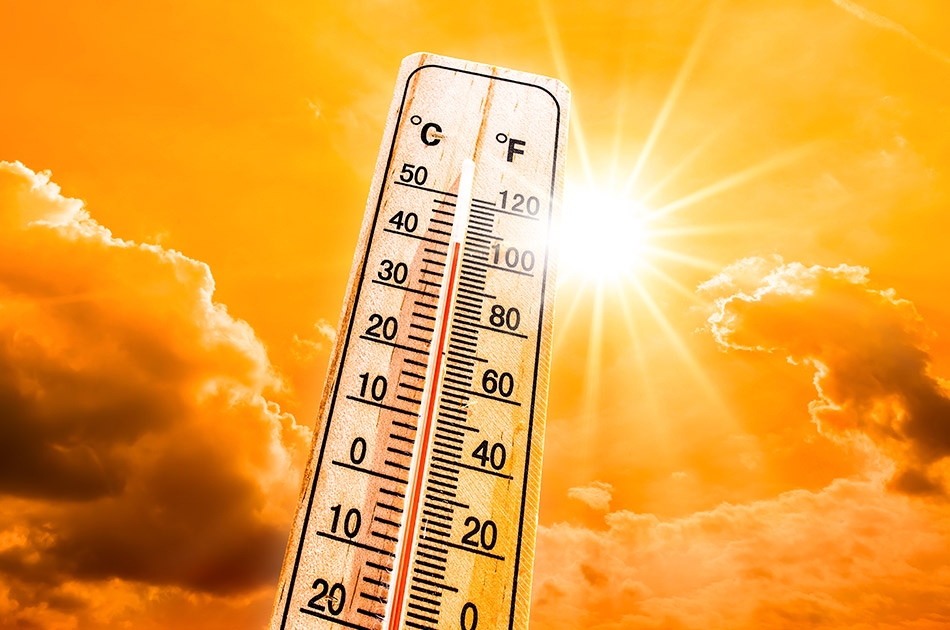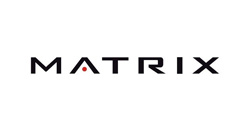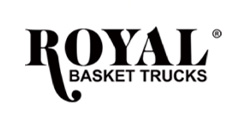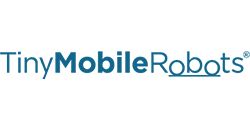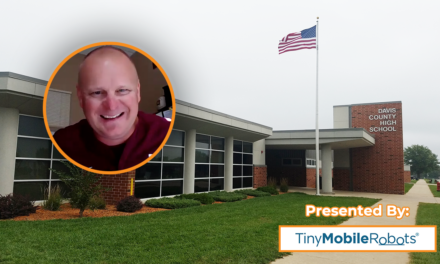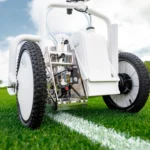The National Athletic Trainers Association (NATA) has consistently provided invaluable resources and research to address various challenges faced by student-athletes. One such challenge, which has been a significant concern in the sports medicine community, is exertional heat illnesses (EHIs). These conditions, if not addressed promptly, can have severe consequences, including fatalities.
Drawing from NATA’s fact sheet and an in-depth research paper, this article provides a comprehensive overview of EHIs, emphasizing their prevention, recognition, and treatment.
Understanding Exertional Heat Illnesses
Exertional Heat Illnesses encompass a variety of conditions that arise due to prolonged exposure to heat during physical activity. These conditions can range in severity, with some being mild and others life-threatening.
Certified athletic trainers, given their proximity to athletes, often find themselves at the forefront of EHI cases, especially in environments that pose a high risk. Despite the wealth of knowledge and strategies available for EHI recognition and treatment, these conditions remain a significant concern. Among them, exertional heat stroke stands out as a leading cause of sudden death in sports.
Here’s a breakdown of the primary types of EHIs:
Exercise-Associated Muscle Cramps (EAMCs): These are characterized by sudden, involuntary and painful contractions of the skeletal muscle either during or post-exercise. Contrary to popular belief, they aren’t directly tied to elevated body temperatures. They can manifest in diverse environmental conditions, from warm to cool.
Heat Syncope: This condition is marked by dizziness or fainting, often triggered by prolonged standing in hot conditions or abrupt postural changes. It’s commonly observed in individuals who aren’t acclimatized to heat or are wearing insulating clothing.
Heat Exhaustion: This is a more severe condition, characterized by an individual’s inability to continue exercise in the heat. It arises from a combination of factors, including cardiovascular insufficiency, hypotension, energy depletion, and central fatigue. The core body temperature usually remains below 104.9°F.
Exertional Heat Injury: This severe heat illness involves damage to organs and tissues due to sustained high body temperatures resulting from strenuous exercise combined with environmental heat exposure.
Exertional Heat Stroke (EHS): The most severe of all EHIs, EHS is characterized by neuropsychiatric impairment and a dangerously high core body temperature, typically exceeding 104.9°F. It arises when the body’s thermoregulatory system is overwhelmed, either due to excessive heat production from working muscles or inhibited heat loss mechanisms. Immediate medical intervention is crucial to prevent systemic inflammatory responses and potential multi-organ system failure.
NATA’s guidelines on EHIs are a testament to their commitment to athlete safety. These guidelines are meticulously crafted, emphasizing the three pillars of EHI management: prevention, recognition, and treatment.
Prevention
Prevention stands as the cornerstone of holistic well-being and safety, especially in the realm of sports and athletics. It transcends the adage, “An ounce of prevention is worth a pound of cure,” emphasizing that averting potential risks and hazards is not only more efficient but also more humane than addressing consequences post-occurrence.
In the context of athletic training, prevention encompasses a spectrum of measures—from proper training techniques and equipment usage to adequate hydration and nutrition. By prioritizing prevention, we not only safeguard athletes from immediate injuries and illnesses but also ensure their long-term health and career longevity.
Furthermore, a proactive approach to prevention fosters a culture of mindfulness and responsibility, where every stakeholder, from coaches to athletes, recognizes their role in maintaining a safe and thriving sports environment.
Medical Screening: Before the start of any athletic season, athletes should undergo a comprehensive, physician-supervised preparticipation medical screening. This helps identify those with a history of heat illness or other risk factors.
Heat Acclimatization: Athletes should be gradually acclimatized to heat over a span of 7 to 14 days. This process involves progressively increasing the intensity and duration of physical activity.
Hydration and Nutrition: Maintaining hydration is paramount. Athletes should have unrestricted access to fluids at all times. They should also be educated on the importance of a balanced diet and proper hydration before, during, and after exercise.
Recognition
Recognition, especially within the context of exertional heat illnesses (EHIs), is a vital step that bridges the gap between prevention and timely treatment. While preventive measures aim to minimize the risk of EHIs, it’s the swift and accurate recognition of their onset that can make the difference between rapid recovery and severe complications.
Recognizing EHIs requires a keen understanding of the subtle and overt signs that an athlete’s body displays when overwhelmed by heat. This includes symptoms like disorientation, dizziness, excessive sweating, or even a sudden cessation of sweating.
In the high-stakes environment of sports, where athletes often push their limits, the ability to discern these signs amidst the intensity of competition is paramount. Effective recognition of EHIs not only ensures the immediate well-being of the athlete but also underscores the importance of informed vigilance in sports medicine and training.
Temperature Assessment: Accurate assessment of core body temperature is vital. Rectal temperature thermometry stands out as the most reliable method, especially during diagnosis. Other methods, like oral or tympanic thermometers, often provide inaccurate readings post-exercise.
CNS Dysfunction: Central Nervous System (CNS) dysfunction is a hallmark of severe EHIs, especially EHS. Symptoms to watch out for include disorientation, confusion, dizziness, loss of balance, and altered consciousness.
Treatment
Treatment, when it comes to EHIs, is the decisive action that can mean the difference between an athlete’s swift recovery and long-term complications, or even life-threatening consequences. Once an EHI is recognized, the immediacy and appropriateness of the treatment administered become paramount.
In the dynamic and demanding world of sports, where every second counts, the efficacy of treatment strategies for EHIs not only safeguards the athlete’s current well-being but also their future in the sport.
Immediate Cooling: For conditions like EHS, immediate whole-body cooling, preferably through cold-water immersion, is essential. Onsite facilities equipped for this purpose can be life-saving. It’s as simple as keeping a cold-water tub filled with ice water available during practices and games.
Emergency Action Plan: Every institution should have a well-practiced emergency action plan specific to each practice and game site. This plan should be regularly reviewed and rehearsed with all relevant members of the staff.
By understanding the nuances of EHIs, their potential causes, and the best practices for their prevention, recognition, and treatment, everyone on your athletics staff can play a pivotal role in safeguarding athletes. As sports continue to evolve and push human limits, it’s imperative that the knowledge and strategies to protect athletes evolve in tandem.

